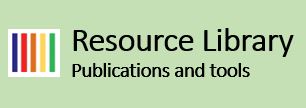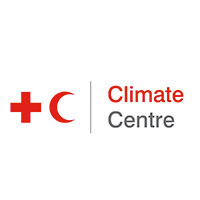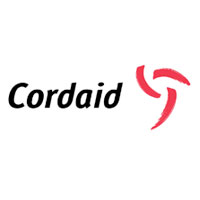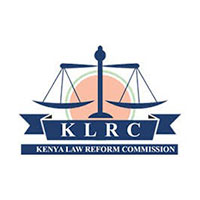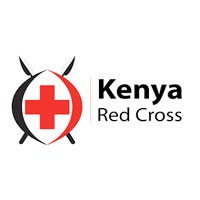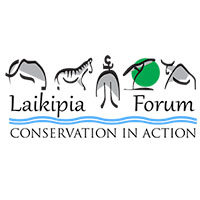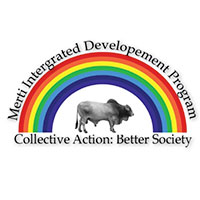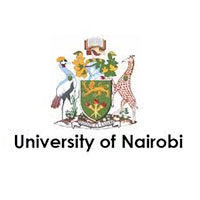Kenya
Local context
In Kenya droughts, conflicts (resource-based, political, terrorism), disease epidemics (human, livestock) and flooding are the major cause of death, destruction of property and displacement. The most drought affected areas are the Northern and Eastern regions of the country. Pastoralists, agro-pastoralists and subsistence farmers living in the arid regions (roughly the upper 70% of the country) are highly vulnerable to prolonged droughts and to rain-induced floods. During droughts, pastoralists are often forced to migrate to grazing grounds further away from their home lands. Coastal areas, like Nyanza are prone to seasonal flooding. Severe rains and floods increase the risk of epidemics such as diarrhoea and cholera.
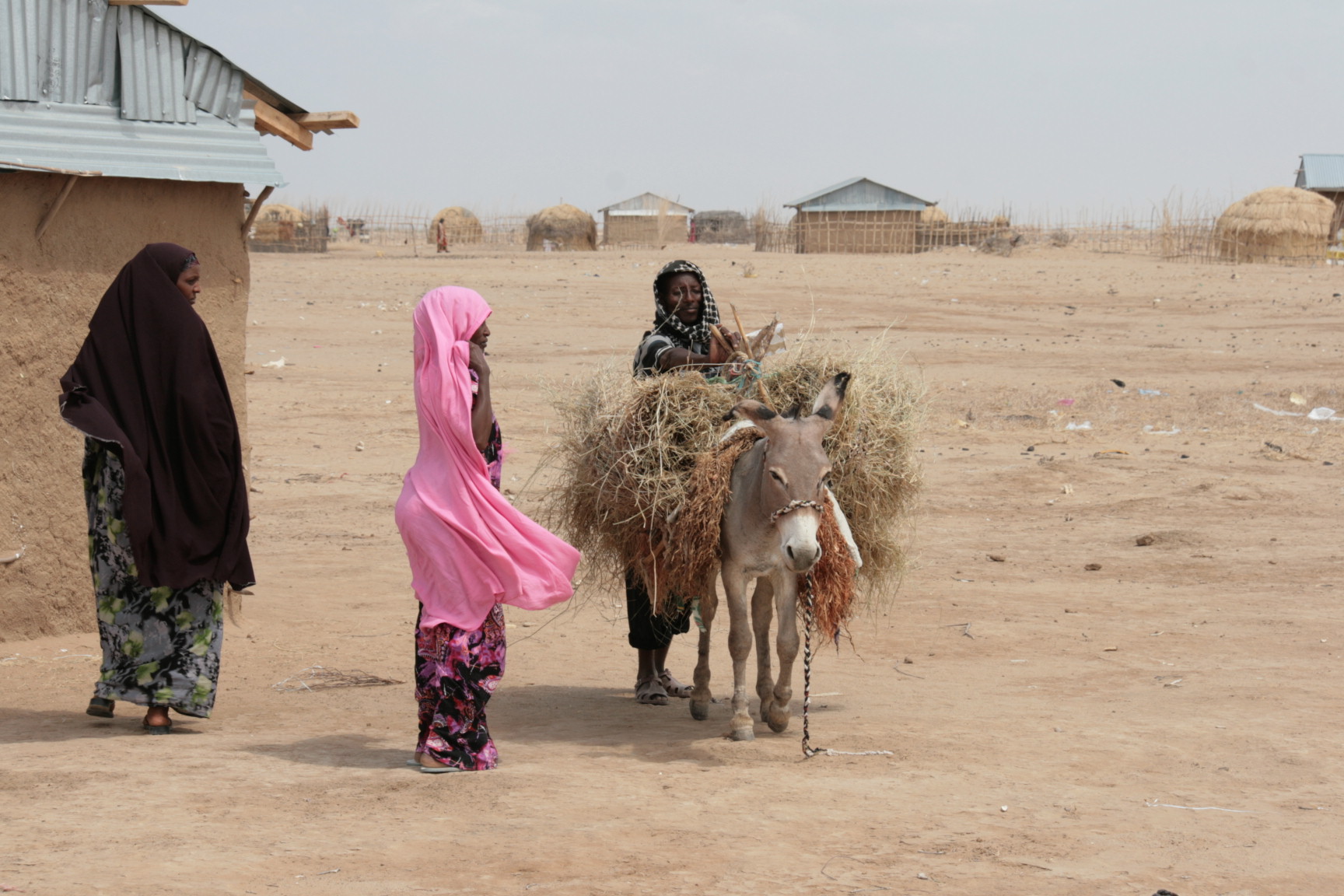
Conflicts are more pronounced during the elections and drought episodes. Elections and political tensions are major triggers of violent incidents and armed conflicts. Cattle raids and conflicts over natural resources do occur in drought-prone Northern Kenya.
The programme: Dialogue and Dissent
The Partners for Resilience (PfR) in Kenya are working together to promote the Integrated Risk Management (IRM) approach to strengthen and protect livelihoods of vulnerable communities in Kenya. PfR focuses on marginalized groups and women and puts civil society organisations at the centre, strengthening their capacity to engage in IRM dialogues. The main objective of the alliance is to ensure national and county governments, donors and the private sector recognize the importance of applying IRM in their policies, plans and programmes. PfR partners with private investors to enhance risk screening of major investments. Kenya is a beneficiary of climate finance (notably from the Green Climate Fund). PfR therefore works closely with the custodians of climate finances to ensure funds are used to support the most vulnerable communities.
Examples of the activities and achievements in Kenya:
- PfR Kenya Newsletter, April 2019: Amplifying grassroots voices on Resilience.
- Inspiring story: Diversified income for pastoralist women.
- The Camel Caravan Campaign to promote conservation of the fragile ecosystem along the Ewaso Nyiro Basin.
- Kenya video: shows the work of PfR Kenya, and explains how different stakeholders work together to protect the Ewaso Ngiro River Basin.
- Video Now You Hear Us, on the water Resources Users'Association in Isiolo county.
Recent Resources
No resources available for this country.
Programmes
- Dialogue and Dissent Strengthening the capacity of civil society to engage in dialogues with stakeholders for improved disaster risk reduction policies, practices, and investments.
Read more - Up-scaling Eco-DRR Increasing communities resilience and reducing disaster risks through ecosystem-based solutions.
Read more





